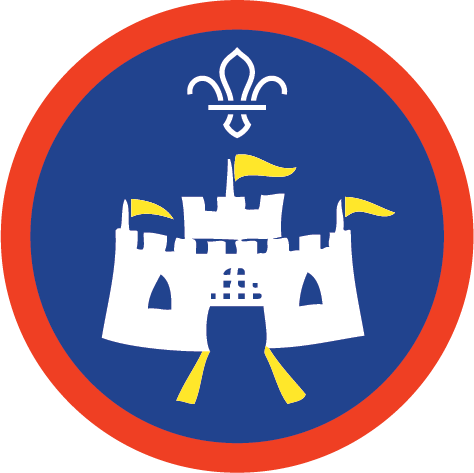Healthy planet highway
You’ll need
- Device with access to the internet
- Local map or road atlas
Before you begin
- This is a great activity to run during an online session. Check out the advice on using Zoom and other popular digital platforms and the guidance on being safe online.
Plan-et for the future
- Everyone should mute themselves. The person leading the activity should give each person a location. It’s up to them whether they choose somewhere local, further away, or international.
Depending on how many people you have you could read the locations out or post them in the chat.
- Everyone should use the internet and physical maps if they have them to start planning their journeys. They should make three plans: the fastest, the cheapest and the most environmentally friendly.
The plans could be as simple as the mode of transport they use, or they could get more complicated and look at timings and exact prices. We’ve included a table below to help you figure out the environmental impact.
- As everyone plans, the person leading the activity should invite people to unmute themselves and tell everyone how they’re planning’s going. Have they discovered anything surprising? Ar they stuck on anything?
If anyone needs help, people could post ideas in the chat.
- Once they’ve planned their journeys, everyone should take it in turns to unmute themselves and present their journeys. Everyone should chat about the differences: is the fastest journey much more expensive than the cheapest? Is the most environmentally journey too slow to consider? Is the cheapest journey much worse for the environment?
- Everyone should vote on which journey plan they’d choose. They could type in the chat or holding up one, two, or three fingers. The person leading the activity should invite some people to explain how they made their decision.
Remember that these discussions are based on opinions – there’s no one right answer. People should be careful that their chats don’t become arguments.
This table shows how much carbon dioxide (a greenhouse gas) different modes of transport make for each kilometre one passenger travels. The number of passengers is an average – that’s why they’re not all whole numbers.
|
Transport |
Carbon dioxide for each kilometre one passenger travels |
|
Train with 156 passengers |
14 |
|
Small car with 4 passengers |
42 |
|
Big car with 4 passengers |
55 |
|
Bus with 12.7 passengers |
68 |
|
Motorbike with 1.2 passengers |
72 |
|
Small car with 1.5 passengers |
104 |
|
Big car with 1.5 passengers |
158 |
|
Plane with 88 passengers |
285 |
|
Ship |
245 |
|
Bike with 1 passenger |
0 |
Source: Wikipedia
Reflection
This activity was all about being responsible and problem-solving. Everyone should do their best to make choices that reduce their impact on the environment – but sometimes the right choice isn’t clear.
- Was it easy for people to find all the information they needed?
- When was it tricky to know which journey was best?
People could think about how there are lots of things to balance – sometimes it isn’t practical to spend a long time travelling, or sometimes cost is a barrier to certain types of transport. What else could affect people’s decisions? People could think about how urgent the journey is (for example, if they needed to rush to see someone because of an emergency) and how accessible different transport options are (for example, do people have to pay for a carer ticket? Are there ramps? What about accessible toilet options?). When else do people have to think about the environment as well as other factors? People could think about buying food or clothes, for example.
Safety
All activities must be safely managed. You must complete a thorough risk assessment and take appropriate steps to reduce risk. Use the safety checklist to help you plan and risk assess your activity. Always get approval for the activity, and have suitable supervision and an InTouch process.
- Online safety
Supervise young people when they’re online and give them advice about staying safe. Take a look at our online safety or bullying guidance. The NSPCC offers more advice and guidance, too. If you want to know more about specific social networks and games, Childnet has information and safety tips for apps. You can also report anything that’s worried you online to the Child Exploitation and Online Protection Command. As always, if you’ve got concerns about a young person’s welfare, including their online experiences, follow the Yellow Card to make a report.
- It’s up to you how much information people put in their journey plans. They could be as simple as choosing the main method of transport, or you could ask them to figure out exact times, prices, and carbon dioxide emissions for a journey between two exact locations.
- Young people could work in groups.
People could work together if that makes it easier. It’s up to them how they present their journey plan. If some information or websites aren’t accessible, remind people that it’s not their fault – the information should be there and accessible for them.
All Scout activities should be inclusive and accessible.
